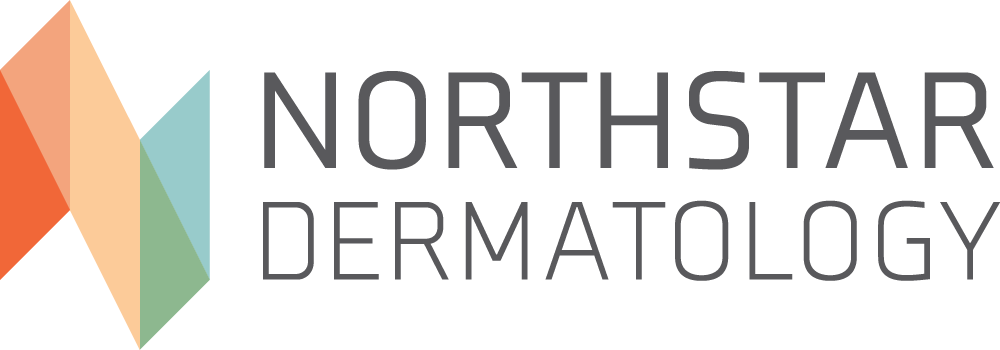Cryosurgery, sometimes referred to as cryotherapy, is frequently used to treat benign, pre-malignant and malignant skin lesions.
Cryosurgery Procedure
Cryosurgery is a common procedure usually performed in a dermatology clinic or dermatologist’s office.
Skin lesions, both cancerous and non-cancerous, are removed using liquid nitrogen, a substance produced from compressed nitrogen gas. Liquid nitrogen has a temperature of -320 F, much colder than dry ice, which is -109 F.
During cryosurgery, your dermatologist carefully applies the liquid nitrogen to the skin lesion using a cotton-tipped applicator or metal probe. Depending on the size and location of the lesion, the liquid nitrogen may also be sprayed.
Once the ultra-cold liquid is applied, the lesion freezes and thaws, destroying the tissue at the treatment site. Re-epithelialization, or new skin cell growth, quickly occurs following cryosurgery.
Lesions Treated with Cryosurgery
Not all skin cancers are appropriate for cryosurgery, but basal cell skin cancers and Bowen’s disease (squamous cell carcinoma in situ) often respond well to the procedure.
Non-cancerous conditions that can be treated with cryosurgery include:
- Vascular lesions
- Fibrotic diseases
- Sun damaged skin
- Acne
- Warts
- Cosmetic defects
Possible Side Effects of Cryosurgery
Side effects of cryosurgery are common, but most are mild and quickly resolve. They include:
- Swelling at the treatment site
- Blister at treatment site
- Minor discomfort
- Itching
- Skin discoloration, which may be temporary or permanent
Recovery from Cryosurgery
Some patients experience a mild discomfort a few hours to a few days following cryosurgery. A blister may develop at the treatment site, followed by scab formation. Healing usually occurs within 2 weeks.
Your dermatologist will provide care instructions, but typically, the lesion should remain dry for the first 24 hours and then cleaned with a mild soap and water.
The lesion may be covered with a band aid or other dressing during the healing phase and antibiotic ointment may be applied to large lesions, but first check with your dermatologist.




